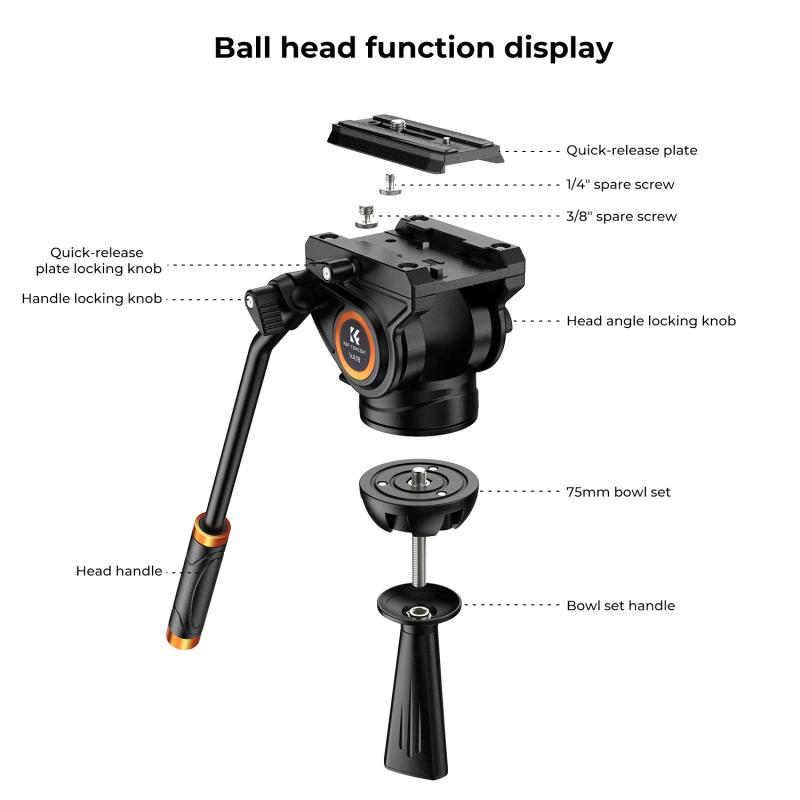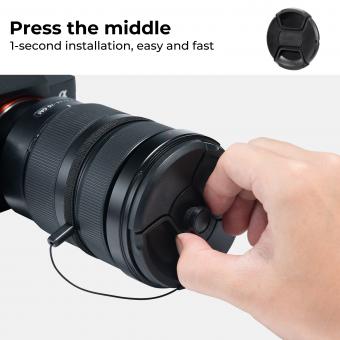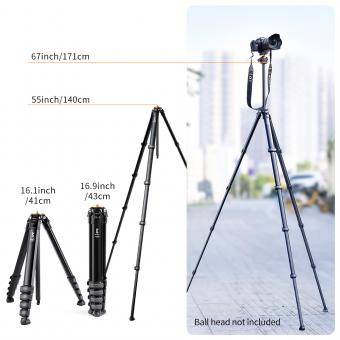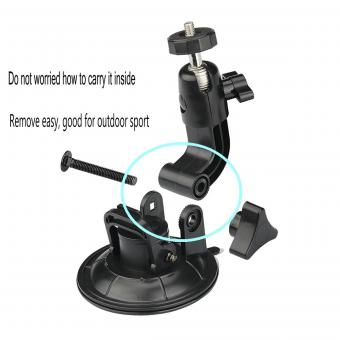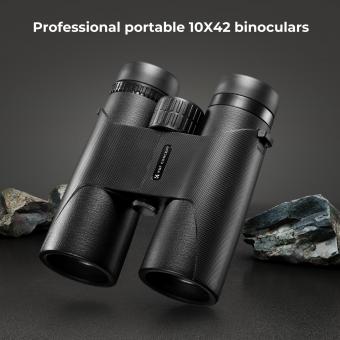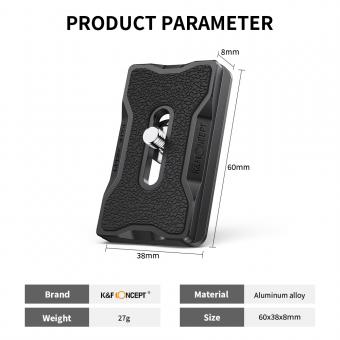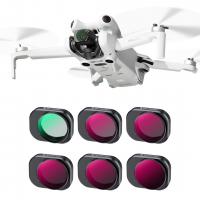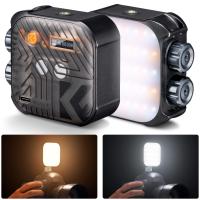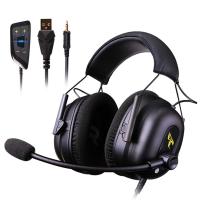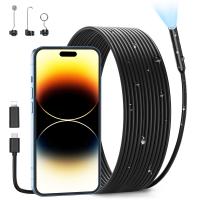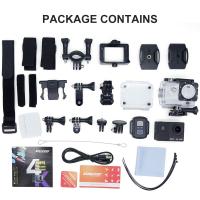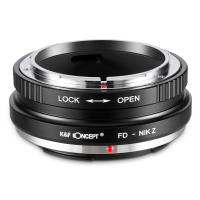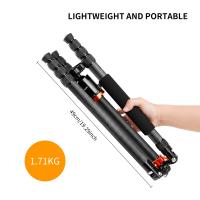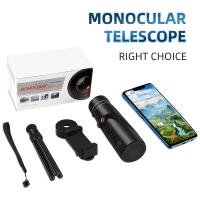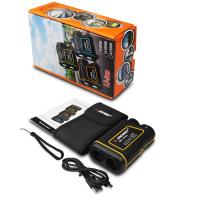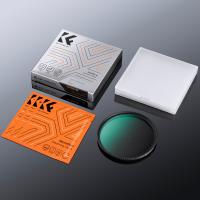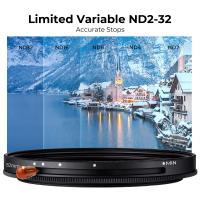How A Tripod Works ?
A tripod is a three-legged stand used to support and stabilize various objects, typically a camera or a telescope. It works by distributing the weight of the object evenly across its three legs, providing a stable base. The legs of a tripod are adjustable, allowing the user to change the height and angle of the supported object. The tripod's central column or center post can also be extended or retracted to further adjust the height. The legs are usually equipped with locking mechanisms to secure them in place once the desired position is achieved. This design allows the tripod to remain steady and prevent any unwanted movement or vibrations, resulting in sharper and more stable images or observations.
1、 Stability and Balance Mechanisms in Tripods
A tripod is a three-legged device used to support and stabilize a camera or other equipment. It works by utilizing stability and balance mechanisms to ensure that the camera remains steady during photography or videography.
The primary function of a tripod is to provide stability. The three legs of the tripod are designed to distribute the weight of the camera evenly, preventing it from tipping over. This stability is crucial in situations where long exposures or telephoto lenses are used, as even the slightest movement can result in blurry images.
To further enhance stability, tripods often feature adjustable leg angles and lengths. This allows photographers to adapt to uneven terrain and achieve a level shooting position. Additionally, some tripods have a center column that can be extended or retracted, providing additional height and stability.
Balance is another important aspect of how a tripod works. The center of gravity of the camera and lens should be positioned directly over the center of the tripod to ensure balance. This prevents the camera from tilting or toppling over. Tripod heads, such as ball heads or pan-tilt heads, allow for precise adjustments and positioning of the camera to achieve optimal balance.
In recent years, advancements in tripod technology have led to the development of innovative features. For example, some tripods now incorporate carbon fiber legs, which are lightweight yet sturdy, providing excellent stability without adding excessive weight. Additionally, some tripods have built-in mechanisms, such as counterweights or springs, to further enhance stability and reduce vibrations caused by wind or camera movement.
In conclusion, a tripod works by utilizing stability and balance mechanisms to provide a steady platform for cameras and other equipment. These mechanisms ensure that the camera remains stable, allowing photographers to capture sharp and clear images. With ongoing advancements in tripod technology, photographers can expect even greater stability and ease of use in the future.

2、 Types of Tripod Legs and Their Functionality
Types of Tripod Legs and Their Functionality
A tripod is a three-legged device used to stabilize and support cameras, telescopes, and other equipment. It is an essential tool for photographers and videographers as it helps eliminate camera shake and allows for steady shots. Understanding the different types of tripod legs and their functionality is crucial in choosing the right tripod for specific needs.
1. Aluminum Legs: Aluminum is a popular material for tripod legs due to its durability and affordability. It provides stability and can handle heavy equipment. However, aluminum legs can be heavier compared to other materials.
2. Carbon Fiber Legs: Carbon fiber is a lightweight and sturdy material that has gained popularity in recent years. Tripod legs made from carbon fiber are lighter than aluminum, making them more portable. They also offer excellent vibration dampening properties, resulting in sharper images.
3. Twist Lock Legs: Twist lock legs are a common feature in tripods. They allow for quick and easy height adjustment by twisting the leg sections to lock or unlock them. This design provides stability and prevents accidental collapsing.
4. Lever Lock Legs: Lever lock legs are another type of leg locking mechanism. They use levers to secure the leg sections in place. Lever locks are known for their quick setup and adjustment, making them ideal for photographers who need to work fast.
5. Flip Lock Legs: Flip lock legs feature a lever that flips open or closed to lock or unlock the leg sections. They are easy to use and provide a secure hold. However, they may take slightly longer to set up compared to twist lock or lever lock legs.
In recent years, there has been a rise in the popularity of compact and travel tripods. These tripods are designed to be lightweight and portable, making them ideal for photographers on the go. They often feature legs that can be folded back on themselves, reducing the overall size of the tripod when not in use.
In conclusion, understanding the different types of tripod legs and their functionality is essential in choosing the right tripod for specific needs. Factors such as material, leg locking mechanisms, and portability should be considered to ensure stability, ease of use, and optimal performance.
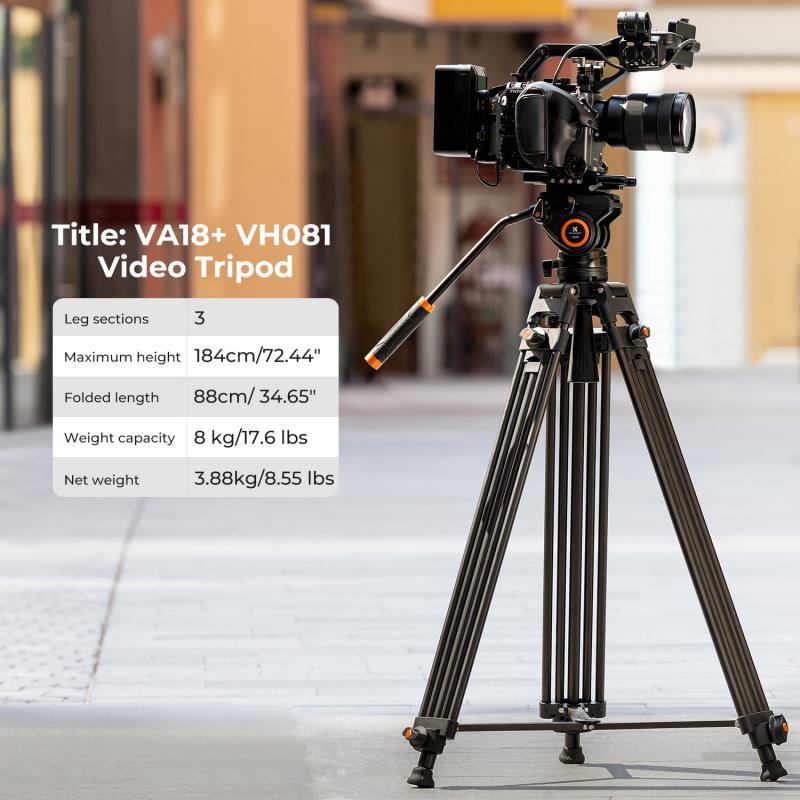
3、 Understanding Tripod Heads and Their Movements
Understanding Tripod Heads and Their Movements
A tripod is an essential tool for photographers and videographers, providing stability and support for their cameras. However, the effectiveness of a tripod greatly depends on the type of tripod head and its movements. Let's delve into how a tripod works and the different types of tripod heads available.
A tripod head is the component that attaches the camera to the tripod legs. It allows for various movements and adjustments to achieve the desired composition. The most common types of tripod heads are ball heads, pan-tilt heads, and gimbal heads.
A ball head is the simplest and most versatile type of tripod head. It consists of a ball and socket joint that allows for smooth and fluid movement in all directions. By loosening the locking knob, the ball can be freely moved to adjust the camera's position. Once the desired composition is achieved, the knob is tightened to secure the camera in place.
Pan-tilt heads offer separate controls for panning (horizontal movement) and tilting (vertical movement). This allows for precise adjustments in both directions, making them ideal for landscape and architectural photography. Some pan-tilt heads also feature a leveling bubble, ensuring that the camera is perfectly aligned.
Gimbal heads are primarily used for telephoto lenses and heavy camera setups. They provide a balanced and stable platform for capturing wildlife or sports photography. The gimbal head allows for smooth panning and tilting movements while maintaining the camera's center of gravity, reducing strain on the photographer.
In recent years, there have been advancements in tripod head technology. Some manufacturers have introduced electronic heads that can be controlled remotely via smartphone apps. These heads offer features like automated panning, time-lapse photography, and even object tracking.
Understanding how a tripod head works is crucial for photographers and videographers to achieve stability and precision in their work. Whether it's a ball head, pan-tilt head, gimbal head, or the latest electronic head, choosing the right tripod head for the specific shooting requirements is essential for capturing stunning images and videos.
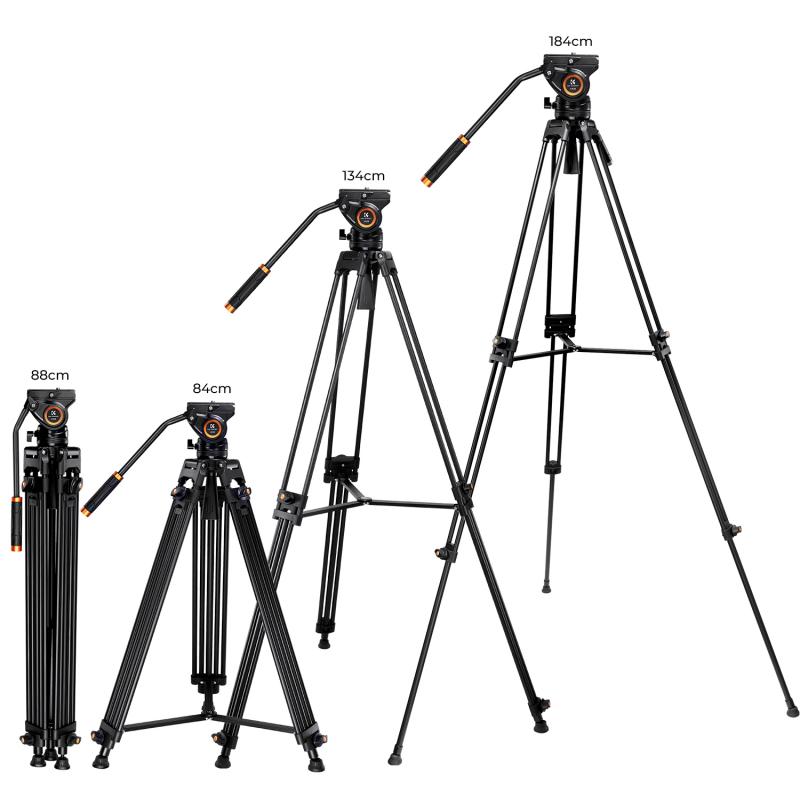
4、 Adjusting Height and Center Column Features in Tripods
A tripod is a three-legged stand that is used to support and stabilize a camera or other equipment. It is an essential tool for photographers and videographers as it helps to eliminate camera shake and allows for steady shots.
How a tripod works can be explained by its three legs and adjustable features. The legs of a tripod are usually made of lightweight but sturdy materials such as aluminum or carbon fiber. These legs can be extended or retracted to adjust the height of the tripod. Each leg is equipped with multiple sections that can be locked into place at different lengths, providing flexibility in positioning the camera at various heights.
In addition to the adjustable legs, tripods also have a center column feature. The center column is a vertical rod that connects the tripod legs and can be raised or lowered to further adjust the height of the camera. This feature is particularly useful when shooting from different angles or when additional height is needed.
The latest point of view on tripod design focuses on improving stability and ease of use. Manufacturers are incorporating innovative features such as quick-release mechanisms for faster setup and breakdown, as well as advanced locking systems to ensure the tripod remains securely in place during use. Some tripods also come with built-in levels or bubble indicators to help photographers achieve perfectly level shots.
Overall, a tripod is a versatile tool that allows photographers and videographers to capture sharp and steady images. Its adjustable height and center column features provide flexibility in positioning the camera, while the latest advancements in tripod design aim to enhance stability and user experience.
